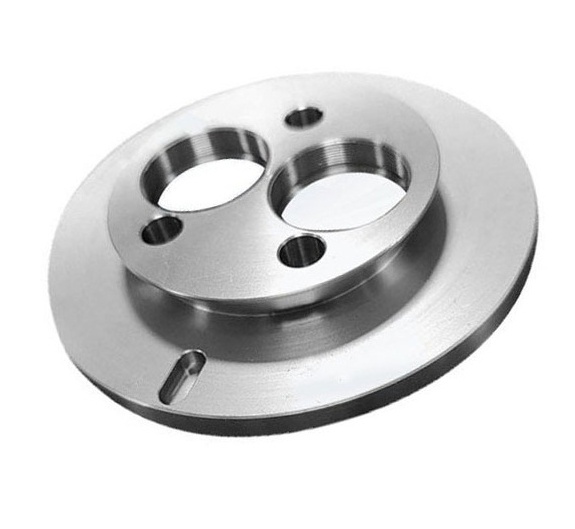Time to read: 6 min

What is Stainless Steel?
Stainless steel is an alloy primarily composed of iron, chromium, and carbon. The addition of chromium (at least 11%) gives stainless steel its defining characteristic—its resistance to staining and corrosion. This metal stands out due to its durability, low maintenance, and aesthetic appeal, making it a popular choice in numerous sectors.
Properties of Stainless Steel
Stainless steel owes its popularity to several key properties:
- Corrosion Resistance: The chromium content forms a passive oxide layer on the surface, preventing rust and corrosion.
- Strength: It has high tensile strength, making it suitable for heavy-duty applications.
- Temperature Tolerance: It can withstand high temperatures before losing its structural integrity.
The Iron-Steel-Stainless Steel Spectrum
Understanding the relationship between iron, steel, and stainless steel is crucial:
- Iron: A ferromagnetic metal used extensively in construction.
- Steel: An alloy of iron and carbon, known for its strength and durability.
- Stainless Steel: An alloy with a minimum of 11% chromium, offering superior corrosion resistance.
Why Metals Rust and How Stainless Steel Defies It
Rust forms when iron or its alloys are exposed to oxygen and moisture, leading to oxidation. Stainless steel, however, contains chromium that creates a protective oxide layer, preventing rust formation and giving it its "stainless" attribute.
Applications of Stainless Steel
Stainless steel's versatility makes it suitable for a wide range of applications:
- Kitchenware: Its resistance to staining and ease of cleaning make it ideal for cutlery and cookware.
- Medical Equipment: Its anti-bacterial properties and ease of sterilization make it suitable for medical instruments.
- Food and Catering Industry: Used for appliances and utensils due to its non-reactive nature with food.
- Automotive and Aerospace: Employed in vehicle and aircraft manufacturing for its strength and light weight.
Types of Stainless Steel
Stainless steel is not a one-size-fits-all material; it comes in various types, each with unique properties and applications:
Austenitic Stainless Steel
- High chromium and nickel content.
- Excellent formability and weldability.
- Used in kitchenware, food processing equipment, and architectural applications.
Ferritic Stainless Steel
- Contains chromium and small amounts of carbon.
- Strong magnetic properties and good resistance to stress corrosion.
- Used in cookware and automotive parts.
Duplex Stainless Steel
- A combination of austenitic and ferritic stainless steels.
- High resistance to corrosion and strength.
- Employed in chemical processing, marine applications, and paper industry equipment.
Martensitic Stainless Steel
- High carbon content for increased strength and hardness.
- Good resistance to wear and abrasion.
- Utilized in cutlery, surgical instruments, and valve components.
Precipitation Hardening Stainless Steel
- Enhanced strength through the addition of elements like copper and niobium.
- Retains many of the standard austenitic stainless steel properties.
- Used in aerospace fasteners and high-strength components.
Conclusion
Stainless steel's unique properties and the variety of types available make it an indispensable material in today's world. Understanding the differences between iron, steel, and the various types of stainless steel is key to selecting the right material for specific applications. Whether you're in need of precision machining or fabrication, choosing the appropriate stainless steel type ensures the longevity and performance of your products.
For all your stainless steel needs, consider partnering with a reliable manufacturer that offers high-quality services and a deep understanding of material properties. Unofactory stands ready to assist you with expert guidance and state-of-the-art manufacturing solutions.
FAQ
What is in Stainless Steel? Stainless steel is an alloy containing iron, chromium (at least 11%), carbon, and other elements like nitrogen, silicon, sulfur, niobium, and molybdenum.
What are the 4 Types of Stainless Steel? The four main types are austenitic, ferritic, duplex, and martensitic, each with distinct properties and applications.




